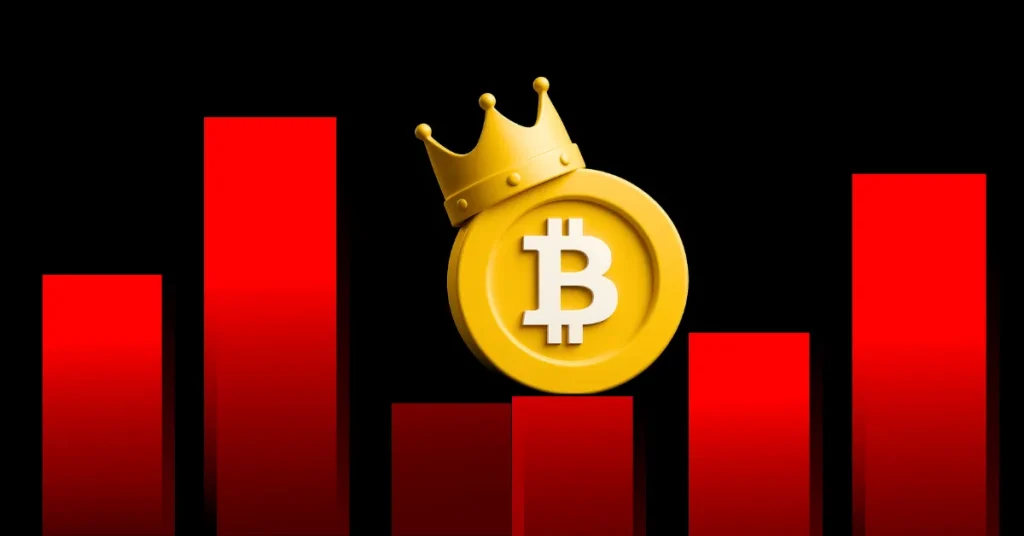
The biggest hurdle behind the XRP price slump is the Ripple vs SEC case, whose end date is approaching. A U.S. Court of Appeals has taken a significant shift in the XRP lawsuit, granting a joint motion from both parties. With that, the experts claim the end is near and the lawsuit could close anytime soon. Let’s discuss this.
Ripple vs SEC Case End Dates Near as SEC Pauses the XRP Lawsuit
According to the CoinGape blog, a U.S. Court of appeals has put a 60-day suspension on the Ripple vs SEC case proceeding. The court has granted a joint motion from both parties, which they requested last week, citing that a provisional settlement near the XRP lawsuit completion could resolve the remaining appeal.

With the proposed agreement in March, Ripple will only pay $50 million in penalties, and he rest of the $75 million will be returned to them based on the SEC and district court’s decision. However, the settlement process is delayed. Experts believe they are waiting for Paul Atkins to join the SEC Chair role before making this decision.
Ripple hurdles don’t end here; they also aim to obtain a ruling from Judge Analis Torres that can allow it to conduct a private XRP sale. This is a crucial point for Ripple’s IPO, as “without this, the next 3 years are basically zero.” It could also mark the end of the Ripple lawsuit.
XRP Lawsuit to End Before June if This Happens
Experts like James Farrell claim that the appeal could end quickly, even before June, if the SEC approves both the settlement and the indicative ruling, more importantly, if Judge Torres agrees to the modifications.
If the SEC approves both parties, then file the motion for an indicative ruling before Judge Torres. This will likely not be quick. J Caprini took 6 months for a similar one in Litovich, but J Parker only 3 weeks in Avilez on one where settlement was conditioned on vacating the ruling.
The following 60 days would act as the crucial window for this trajectory and the XRP price. However, considering the 10-year-long battle and uncertainty, things could get delayed.
Ripple vs SEC Case End Date to Drag Until 2027 if This Happens
In the event of potential timelines, a delay until 2027 is possible. Ferrel also explained that Judge Torres’s refusal could lead to the case returning to the appellate court. As a result, the Ripple vs SEC case end date could be delayed until 2027.
Assuming Torres took 6 months from motion, argument on appeal likely around July 2026, and decision in January 2027.
The post Ripple vs SEC Case End Date: When Will the XRP Lawsuit Close? appeared first on CoinGape.





